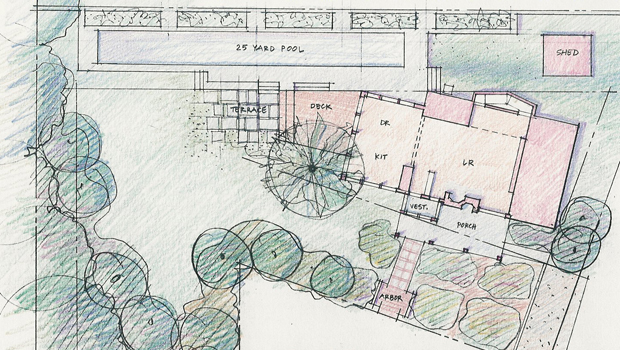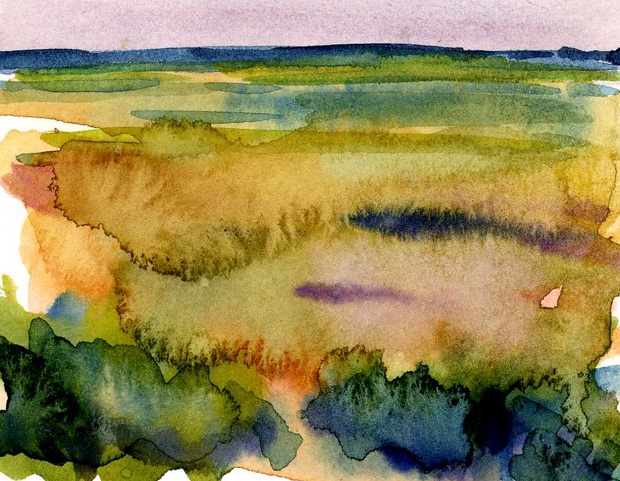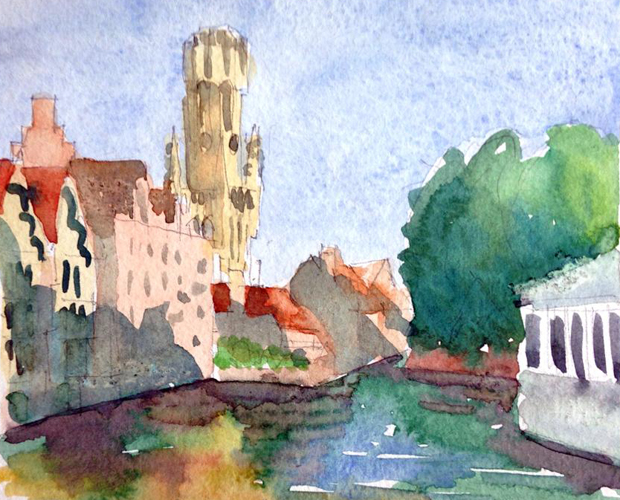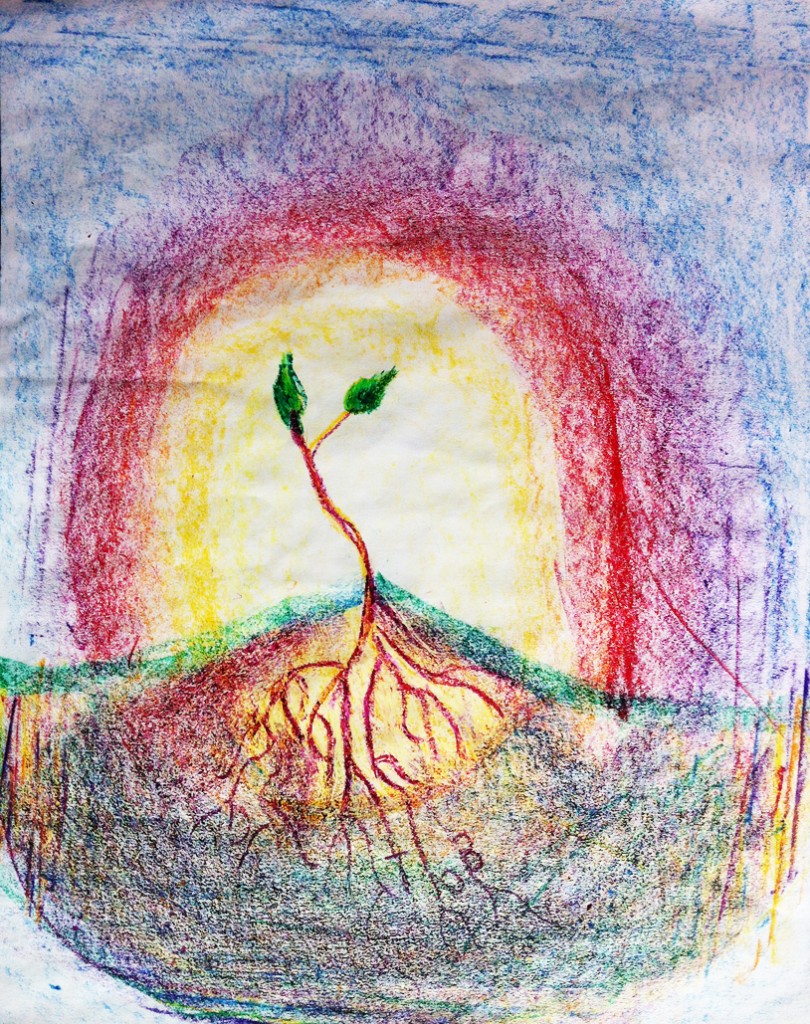
Driving away from a coffee meeting a couple of years ago, I was suddenly flooded with longing to go back and shake sense into the young woman architect I had just met. Her question to me, a local advocate of sustainability, was innocent enough: “How can I plug into this movement more effectively?” In a burst of empathic knowing, I was this woman, twenty years earlier, talented and hopeful and full of ambition and possibility.
I thought it was the work in her graduate portfolio, her obvious delight in ideas that had pushed me over the edge. The tangibility of hand and eye and imagination, of drawings and models, sculpture and paintings employed to make artifacts of meaning and beauty. Art for art’s sake.
She could spend a happy lifetime doing work like that and instead was about to leave it all behind by stepping into the fast-moving water of environmental hope. Continue reading →
Like this:
Like Loading...







